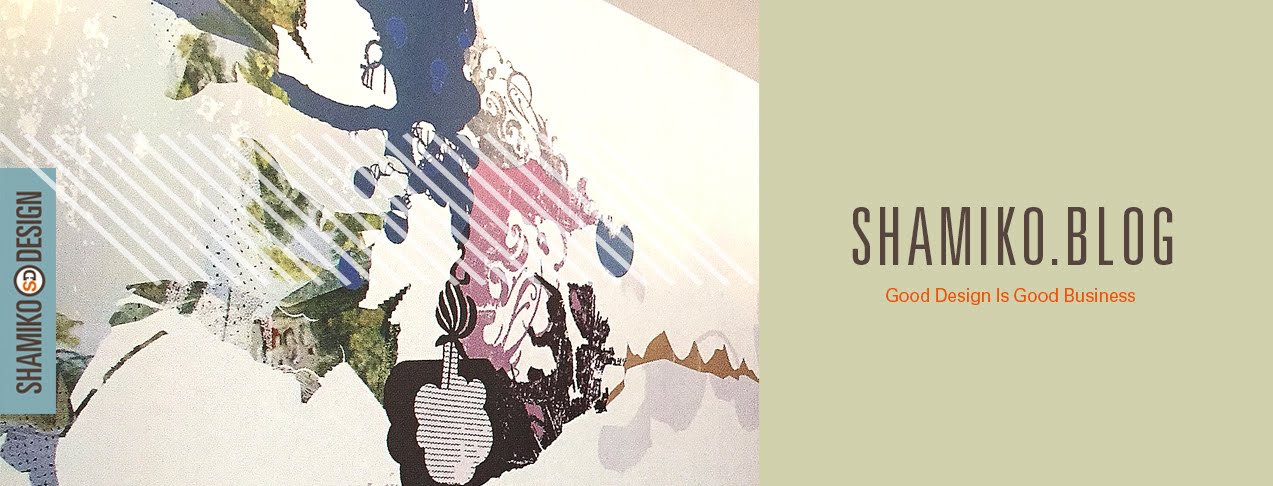A brand is an entity that engenders an emotional connection with a consumer.
[It is a feeling that your customers get]
What do you mean by an "emotional connection"?
Consumers emotionally connect with brands when the brands repeatedly provide something that the consumer wants, desires, or needs.
Let's return to the moment a person first realizes they have to make a choice between coffee brands or soda brands or shampoo brands. How do people really make choices? Do you think people are conscious of the processes they use?
I think the best brands are those that create something for consumers that they don't even know they need yet. A coffee brand like Starbucks created something people didn't know they needed. Same with Nike. Who knew we needed a high-end performance running shoe? I think when people are surprised or delighted by how a brand can change their lives by just making it a little bit better--or a little bit more fun or a little more performance-oriented--that's when they start creating a connection with that brand.
The concept of a person not knowing that they need something is a fascinating one. Clearly, there were millions of coffee shops all over the world before Starbucks launched its particular brand of coffee shop. How do marketers create desire for something that consumers don't know they need?
I think great brands create the "end state" first. When launching a new product, marketers are not very specific about how a product actually works. They express more about the result. They talk about what you will feel or what you will be like if you choose to engage with that brand or that product. The Apple commercial in 1984 was a great example of this. There was very little about the product in the spot. It was all about the aftereffect of the product.
Source: Fast Company, Debbie Millman

No comments:
Post a Comment
Thank you for your comments.